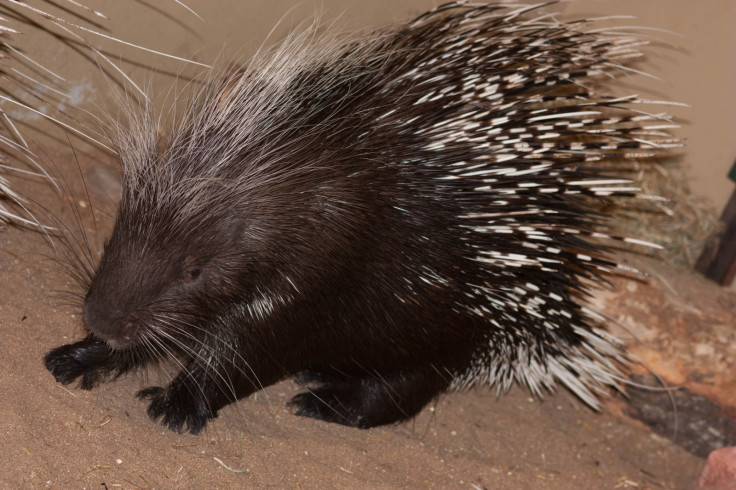Siberia: Extremely rare 40,000-year-old porcupine remains discovered
Porcupine remains have never been found this far north before.
Teeth and bones from porcupines living between 30,000 and 40,000 years ago have been unearthed in the Altai and Ural Mountains – the furthest north that the remains of this species have ever been discovered. These are also the oldest porcupine remains ever found outside the species' modern geographical range.
Porcupines tend to prefer warm climates – so the Altai Mountains of Siberia might not seem like a likely place to find their remains. But these porcupines lived in a particularly warm period about 30,000 to 40,000 years ago, when Russia was much warmer. The fossils found in the Ural Mountains to the west were even older, at just over 40,000 years old. The findings are published in a paper in the journal Quaternary Science Reviews.
"There have been no similar publications based on Russian material," said study author Yaroslav Kuzmin of Tomsk State University and the Siberian Branch of the Russian Academy of Sciences in a statement.
"The reason is that the finds of porcupines in Siberia are extremely rare. The samples with which we worked were discovered by the famous Siberian paleontologist Nikolai Ovodov in the 1980s in the Altai Razboynichya Cave. Later, in the 1990s and early 2000s, bones and teeth that were preserved in several caves of Altai and the Urals were added to them."
The remains were preserved because of their unique location. The drop in temperature after the porcupines went extinct in Russia helped to save the bones and teeth from being broken down and destroyed.
"Unique finds were preserved only because they were lying in caves of limestone, often at a temperature of about zero degrees, that is, they were not exposed to such destructive factors as heat, wind, and rain," said Kuzmin. "Therefore, we were only now able to reconstruct the past and establish the age of ancient mammals."
The ages were determined by radiocarbon dating. This traditional method of dating fossils had to be adapted due to the tiny size of the sample available. The researchers used an accelerator mass spectrometer and direct radiocarbon dating, which required a sample of less than the size of a small fingernail to get a good estimate.

"First, [using traditional methods], material invaluable from the point of view of history would be completely lost in the course of dating. Second, the maximum size of the remains of animals found was only a few centimetres, so we simply did not have enough materials for analysis," said Kuzmin.
The Siberian porcupines are thought to have died out when Russia entered a period of climate cooling about 27,000 years ago. This led to a change in the landscape, with retreating forests, spreading grasses and bushlands.
The altered landscape, cooler and drier conditions led to the extinction of the porcupine in Russia. Porcupines are now confined to tropical and temperate regions of the world, including Asia, Africa and the Americas.

© Copyright IBTimes 2025. All rights reserved.






















